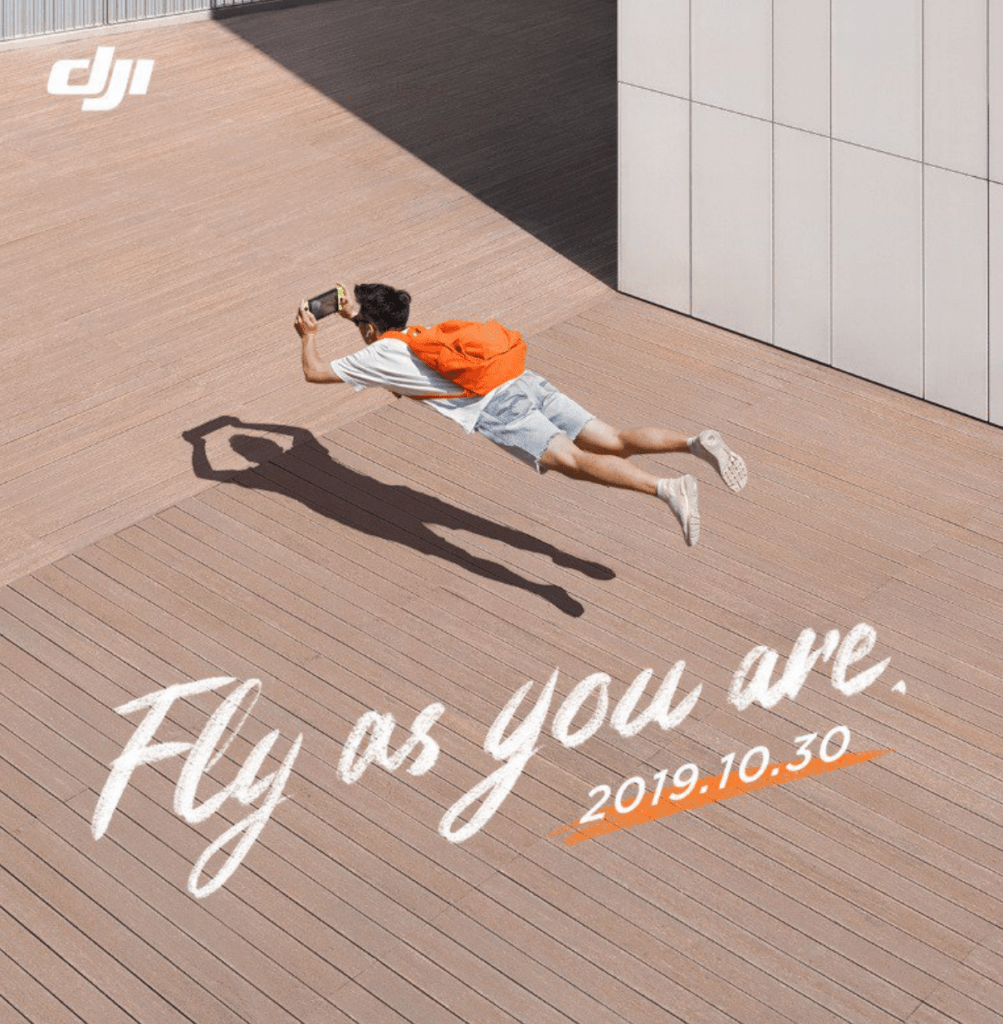2019 | lead copywriter
It’s easy to see today’s flood of easy-to-fly consumer drones as inevitable—just another step in aerial tech evolution. But back in 2019, this really wasn’t so clear. The desire to fly was there, but the right product wasn’t: it needed to be reliable, affordable, easy to use, and—most critically—free from complicated legal barriers.
At the time, drones were popular among tech-savvy creators—YouTubers, early adopters, and professionals like rescue teams, inspectors, and filmmakers—but the challenge was this: how do you make flying accessible to everyone?
Enter DJI Mini, the company’s boldest step toward mass accessibility. DJI had tried something similar before with 2017’s Spark—innovative but unreliable and limited—and again with 2018’s Mavic Air, which was popular but still too complex and costly to breakthrough into the mainstream.
Mini had to be the drone for everyone—the moms, dads, teens, and grandparents alike. The name was a debate. Some pushed for Spark 2 or options like Zero, Nano, etc. But as lead copywriter, I argued for “Mini”: simple, universal, and instantly evocative of what set it apart.
At 249 grams, Mini sat just below global regulatory thresholds, freeing users from mandatory registration—a small but game-changing distinction. Yet this created a legal balancing act: we couldn’t flaunt the weight without seeming dismissive of aviation authorities.
Working with Felix Durichen and Boris Jaeger from DJI’s Frankfurt office, we landed on the concept “Fly as You Are.” It perfectly captured the product’s spirit—freedom, simplicity, and individuality—without saying too much.

The impact was huge: the Mini line evolved into multiple versions (the latest being the Mini 5 Pro), each refining the concept and reaching broader audiences.